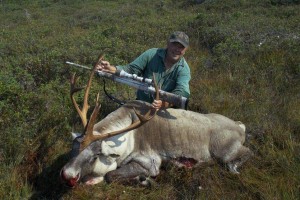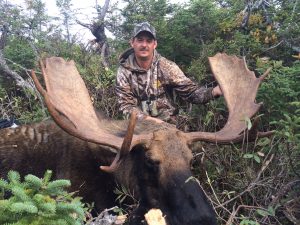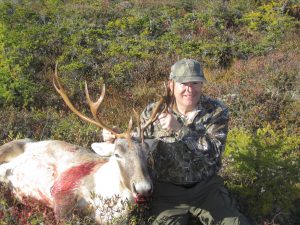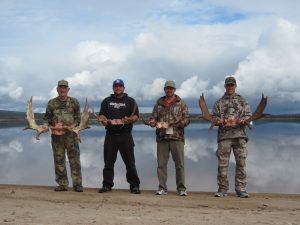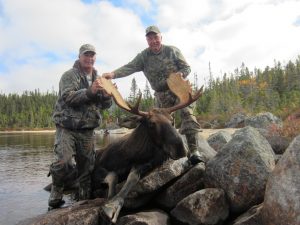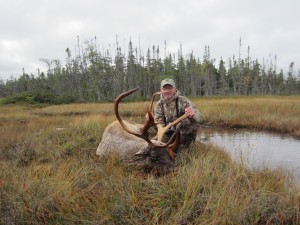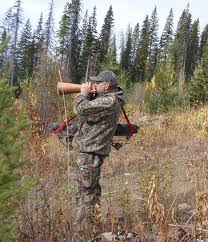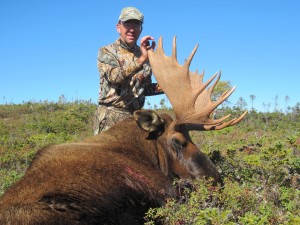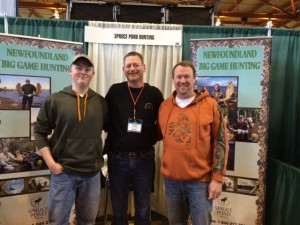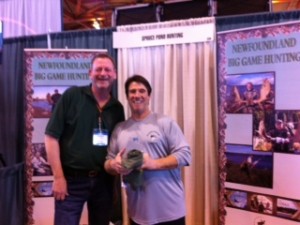With the start of hunting season less than four months away, sales of hunting experiences is hitting the home stretch. Right now, Spruce Pond Hunting has one caribou and several moose tags left to sell. If you are interested or know of anyone who is, please call toll-free at 1-844-277-7823.
Spruce Pond Hunting attending World Fishing and Outdoor Exposition
For the 4th consecutive year, Spruce Pond Hunting will be represented at the World Fishing and Outdoor Exhibition at Suffern, New York. The event, which is held at the Rockland Community College, runs from March 2-5, inclusive. Spruce Pond Hunting will be located at booth 330. If you plan to be in the area, drop by and say hello!
Moose Hunting Facts and Figures
Moose hunting in Newfoundland offers big game hunters probably the highest success rates of all the world’s big game hunts. Each year moose hunters come to Newfoundland to hunt one of the world’s most majestic big game animals, and normally return home tagged out.
The landscape is a haven for wildlife, especially moose. Moose find its home in the low lying wooded valleys which are located from coast to coast on the island portion of the province. Who would have thought that a moose imported to Newfoundland in 1904 could have established itself so great that it now has the most dense population in North America. Following are some Moose Hunting Facts:
- The population estimates for moose in Newfoundland is between 120,000 and 150,000 animals.
- Non-Resident hunting licenses are available only through a professional licensed hunting outfitter. The average number of moose licenses per hunting lodge is about 15 and most hunting outfitters sell licenses on a first come, first serve basis. Non-Resident moose hunters can only hunt with a professional licensed guide. Non-Guided hunts are not legal in Newfoundland.
- There are approximately 30,000 moose licenses issued annually in Newfoundland and approximately 10% are issued to licensed hunting outfitters for resell.
New Hampshire hunter shares thoughts of Spruce
Hi all:
Thought we would share some comments from Don and Peggy Davis, in case you missed them earlier:
Time to thank the wonderful folks at Spruce Pond for another two-week time of our lives. Thank you Jamie Payne for your expertise, patience and foremost how to handle yourself in a tough situation. The trip to spike camp was tremendous. Peggy still talks about how much fun that was. I would stand back to back with him in any situation. As always the lodge was more than comfortable the meals simply perfect all the guides knew where to find whatever game you were looking for. Spruce Pond is making great progress in all areas regarding equipment. The effort Spruce Pond Hunting is making is quite noticeable to someone who has been there for three years. We are counting the days to Spruce Pond part four. Thank you once again for the memories.
Don and Peggy Davis
Claremont, NH, USA
Understanding the moose rut
During the rutting season moose are found in different areas than during other parts of the season. Typically, the peak of the rutting season for moose is the first two weeks of October. This is only an average, though. The further north in the hemisphere you travel, the earlier in the season the rut happens and the opposite is true for going south. There are always exceptions to the rule but for the most part early October will be the peak. There will always be some cow moose that will start ovulating early and if a bull moose hears the yearning calls of a cow in estrus, he will investigate and may even vocalize his approach.
Before the bull moose go into rut they are usually found in higher elevation areas. They will seek out cooler and thicker areas of the forest, higher in elevation, in trying to escape insects and predators. Cow moose and calves will, on the other hand, stay in the lowlands near water. The cows seek out water for two main reasons: food and safety. Calves are vulnerable, especially to predators such as bears. A cow with calf will use the water as an escape when threatened by predators.
When the rut begins and likely for a few weeks before the beginning of the cow moose estrus, the bulls will move down out of the higher elevations to seek out the cows. The bulls will stay in the lower and wetter areas within proximity of the cows with the hope of getting the breeding done. As the rut winds down, the bull will once again move back to the higher elevations.
Visit our web site: www.sprucepondhunting.com
Toll-free: 1-844-277-7823
E-mail: info@sprucepondhunting.com
Source: Moose Hunting Tips: The Ultimate Guide to Moose Hunting.
Moose Facts and Information
- Moose can be easily identified from other deer thanks to their sheer size of hooves.
- Although they have a respectable size and can run fast for short distances, moose fall prey to black/grizzly bears and wolves.Recent studies say that up to 75% of the newborn moose can be killed in their first eight weeks of life by bears.
- These animals are usually solitary animals but the situation changes during the mating season.
- They eat roots, birch and aspen twigs, willow, grasses and pond weeds along with insects, aquatic plants, lichens. Moose can feed underwater and they eat up to 20 kg of plants each and every day.
- A male moose (bull) normally weights 540 up to 720 kg (approximately 1200 to 1600 lb) while the female moose (cow) weights 400 kg (about 880 lb).
- The record for the biggest moose dates from 1897: 2.34m (7.7 feet) and an astonishing weight of 825 kg.
- In North America there are about 800,000 – 1.2 million animals; every year almost 90,000 moose are killed by hunters. As you can see from the numbers, there are no endangerment problems.
Visit our web site: www.sprucepondhunting.com
Toll-free: 1-844-277-7823
E-mail: info@sprucepondhunting.com
Source: www.moosehuntinginfo.com
World Outdoor Exposition at Suffern, NY, great success for Spruce Pond Hunting
Representatives of Spruce Pond Hunting met some old friends and made some new ones at the World Outdoor Exposition, held in Suffern New York, from Marc 10-13. Thousands of outdoors enthusiasts, including big game hunters, attended the show. Many hunters stopped by the Spruce Pond Hunting booth to discuss future hunting adventures in Newfoundland. The photos here show Damon Clarke chatting with prospective hunters, including Todd Mitchell and his son (top photo), who were at Spruce Pond last year. Also dropping by the booth was Paul Hebert of the National Geographic channel television show Wicked Tuna.

